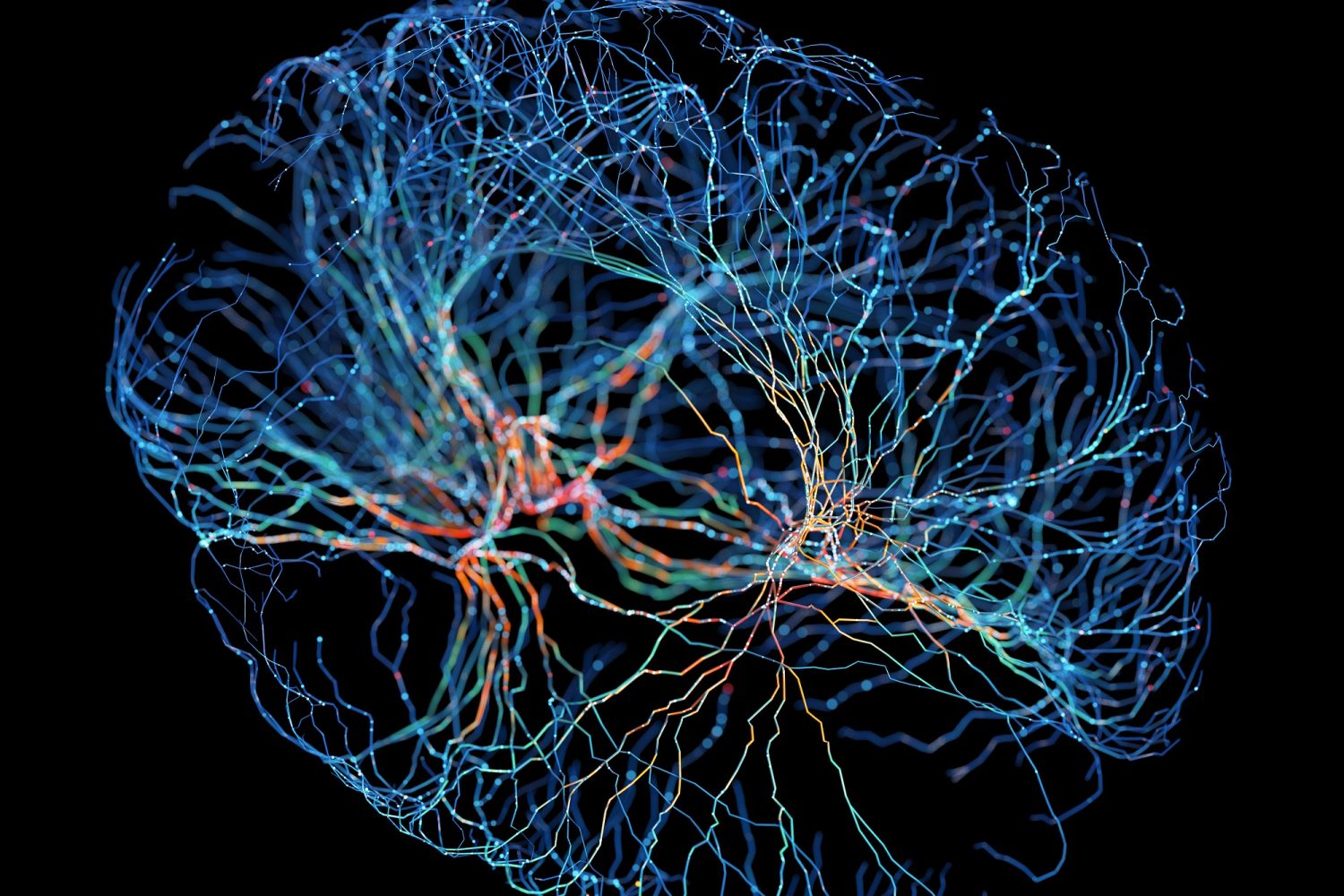What goes on in your brain while watching a movie? MIT neuroscientists have made remarkable progress in answering this question by creating the most detailed functional brain map to date. By observing how brains react to movie scenes, they’ve unlocked new insights into the intricate networks driving our sensory and cognitive experiences.
This groundbreaking study, published in the journal Neuron, looked at scans of the brains of 176 young adults using functional magnetic resonance imaging (fMRI) while they watched an hour of short clips from various films.
The researchers leveraged advanced machine learning to analyze the scanned brain activity, identifying 24 distinct networks responsible for various functions, such as processing faces, speech, movement, and social interactions. This allowed them to create the most detailed functional brain map we’ve ever made.
One particularly fascinating discovery the researchers learned is how different brain areas respond depending on the complexity of a scene. For example, during challenging or ambiguous scenes, the brain’s executive control regions, which handle problem-solving and decision-making, are lit up with activity.
In contrast, simpler scenes activated more specialized regions, like those involved in understanding language or visual details. This perfectly illustrates how our brains adapt to the ever-changing demands of storytelling. Further, the study used to create this functional brain map stands out from others conducted in the past.
That is thanks to the usage of “naturalistic conditions” instead of the traditional resting-state fMRI, which examines brain activity when participants aren’t exposed to external stimuli. Lead researcher Reza Rajimehr highlighted this innovative approach, saying it’s the first to map brain networks during real-world scenarios.
This shift could hopefully allow for a richer understanding of how our brains respond to complex, multi-sensory environments. With such a detailed and functional brain map now available to study, the implications of this work are vast.
By studying how these networks function under natural conditions, researchers could explore differences across age groups, personality types, or individuals with psychiatric or developmental conditions. Future studies may even develop personalized brain maps linked to behavior, enhancing diagnosis and treatment options.
Beyond understanding how we process movies, this research highlights the incredible flexibility of the human brain. Perhaps understanding this flexibility better could also help us better understand how memory works, as well as how certain cognitive diseases come about.
The post Scientists were able to map how the brain experiences movies appeared first on BGR.
Today’s Top Deals
Early Black Friday deals: $154 AirPods Pro 2, $250 iPad 10, $150 Lenovo Chromebook, $10 LifeStraw, more
Early Black Friday deals: Nintendo Switch games, $249 Oura Ring 3, $25 Crock-Pot, $100 Beats Pill, more
Best deals: Tech, laptops, TVs, and more sales
Black Friday begins: 20% off Sonos, $29 Magic Bullet, $60 Vortex air fryer, $79 Ember heated coffee mug, more
Scientists were able to map how the brain experiences movies originally appeared on BGR.com on Sat, 30 Nov 2024 at 09:01:00 EDT. Please see our terms for use of feeds.
